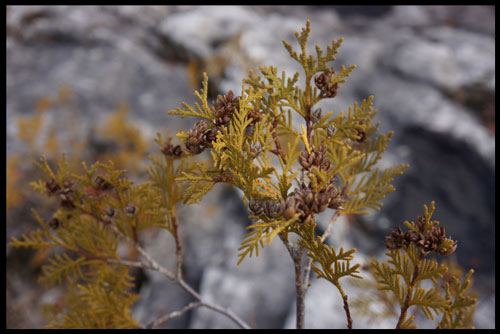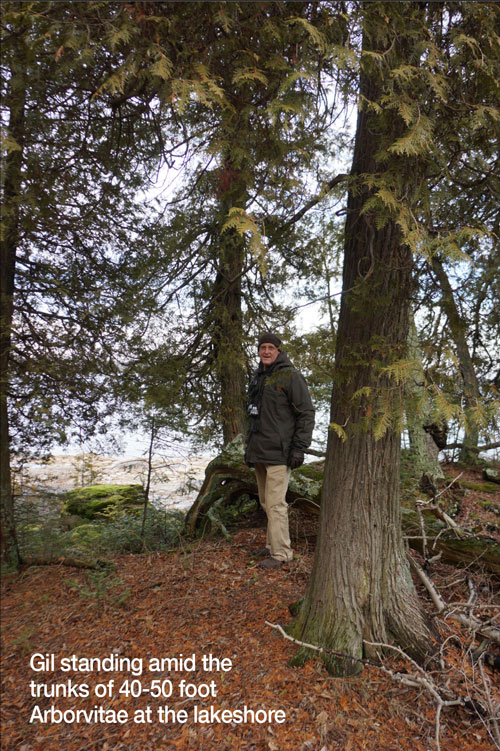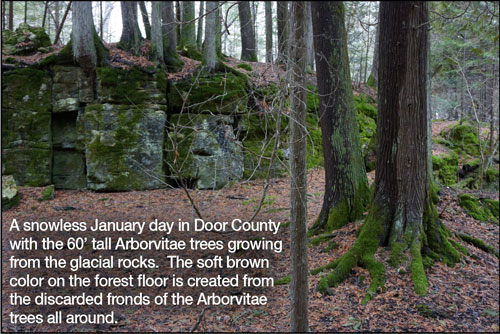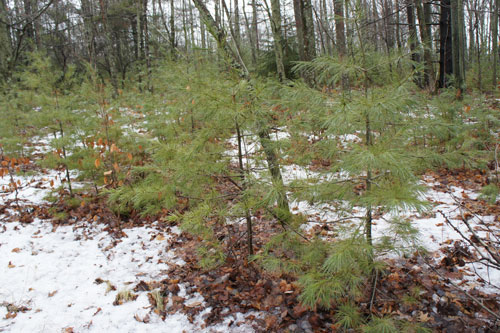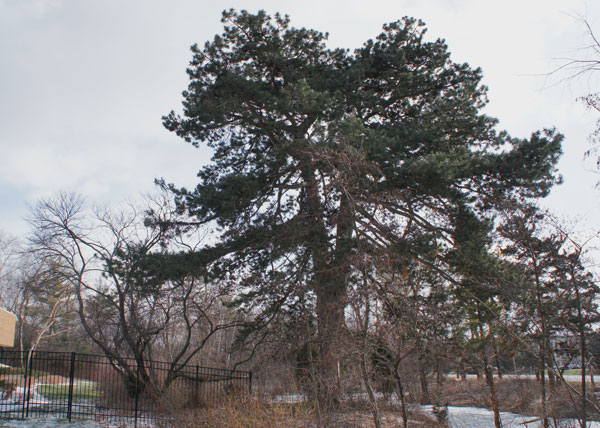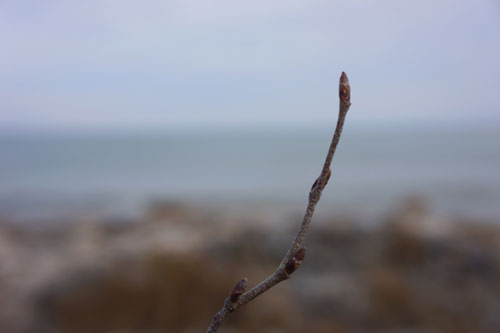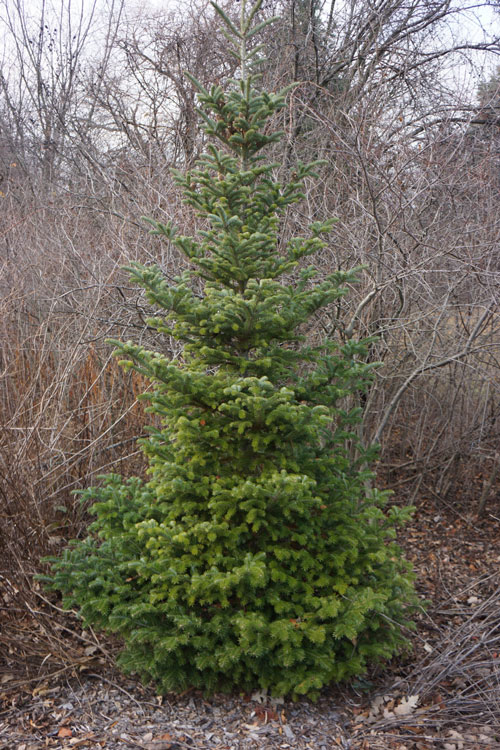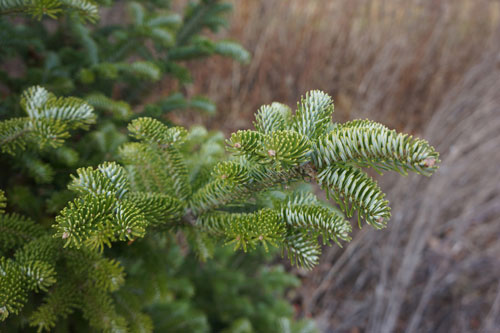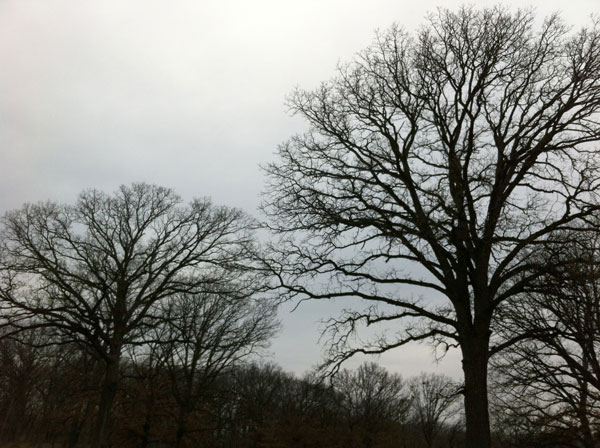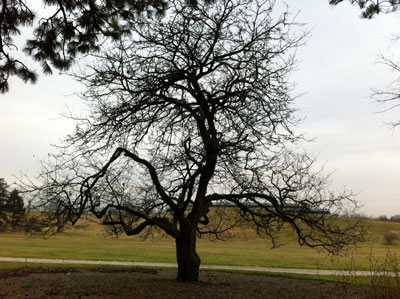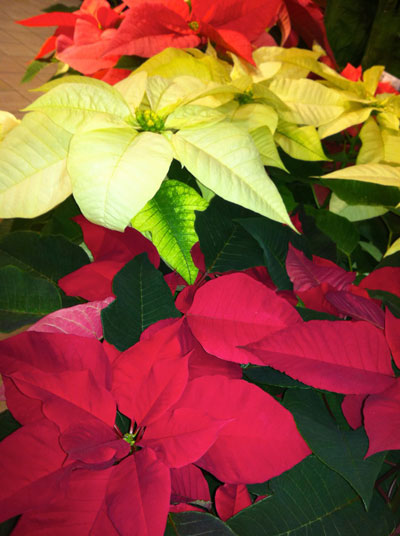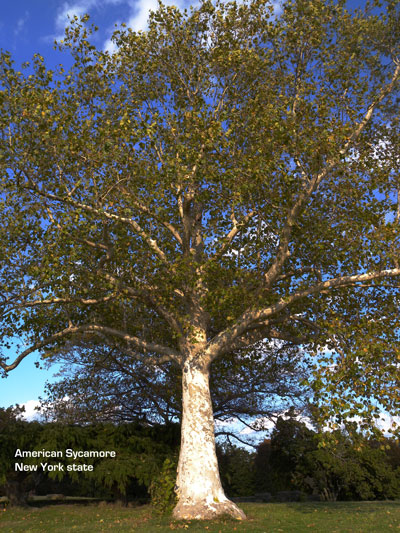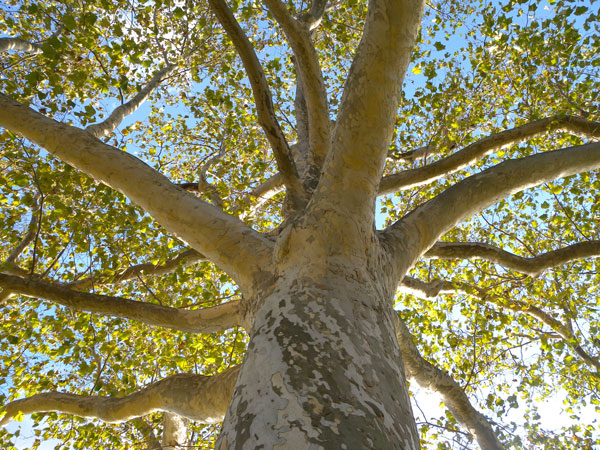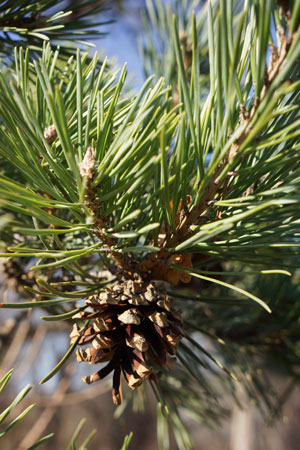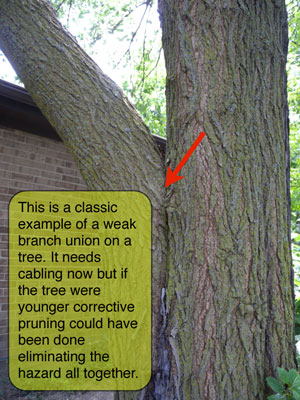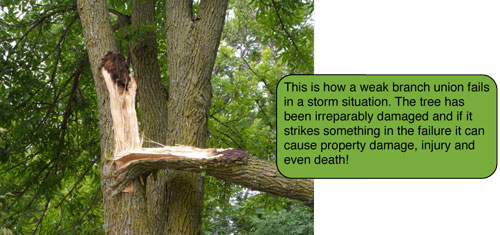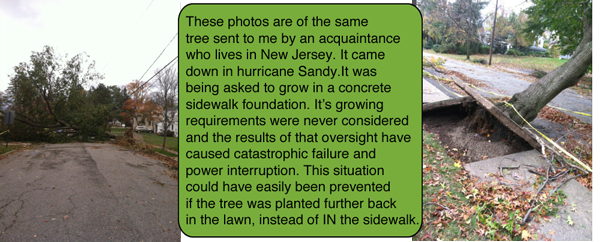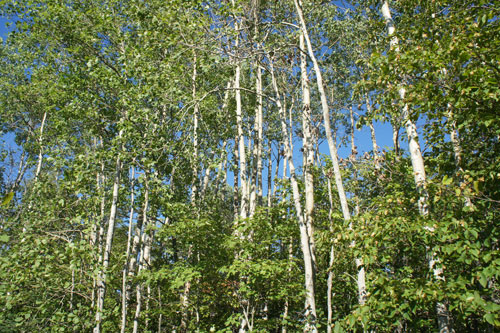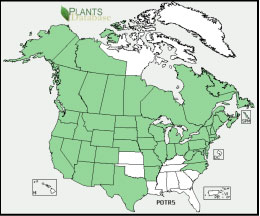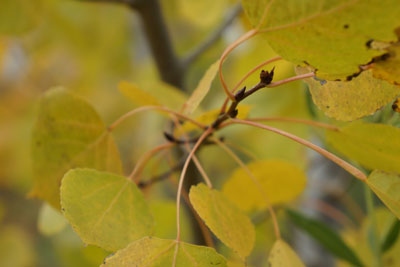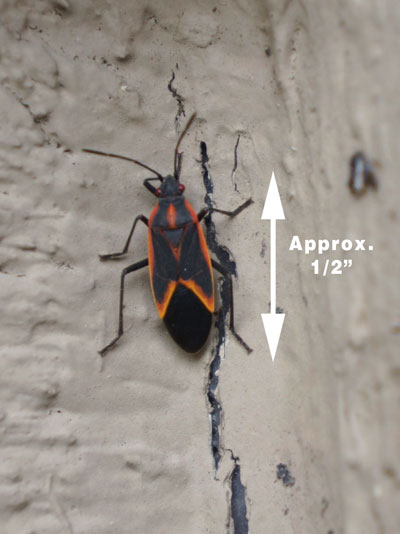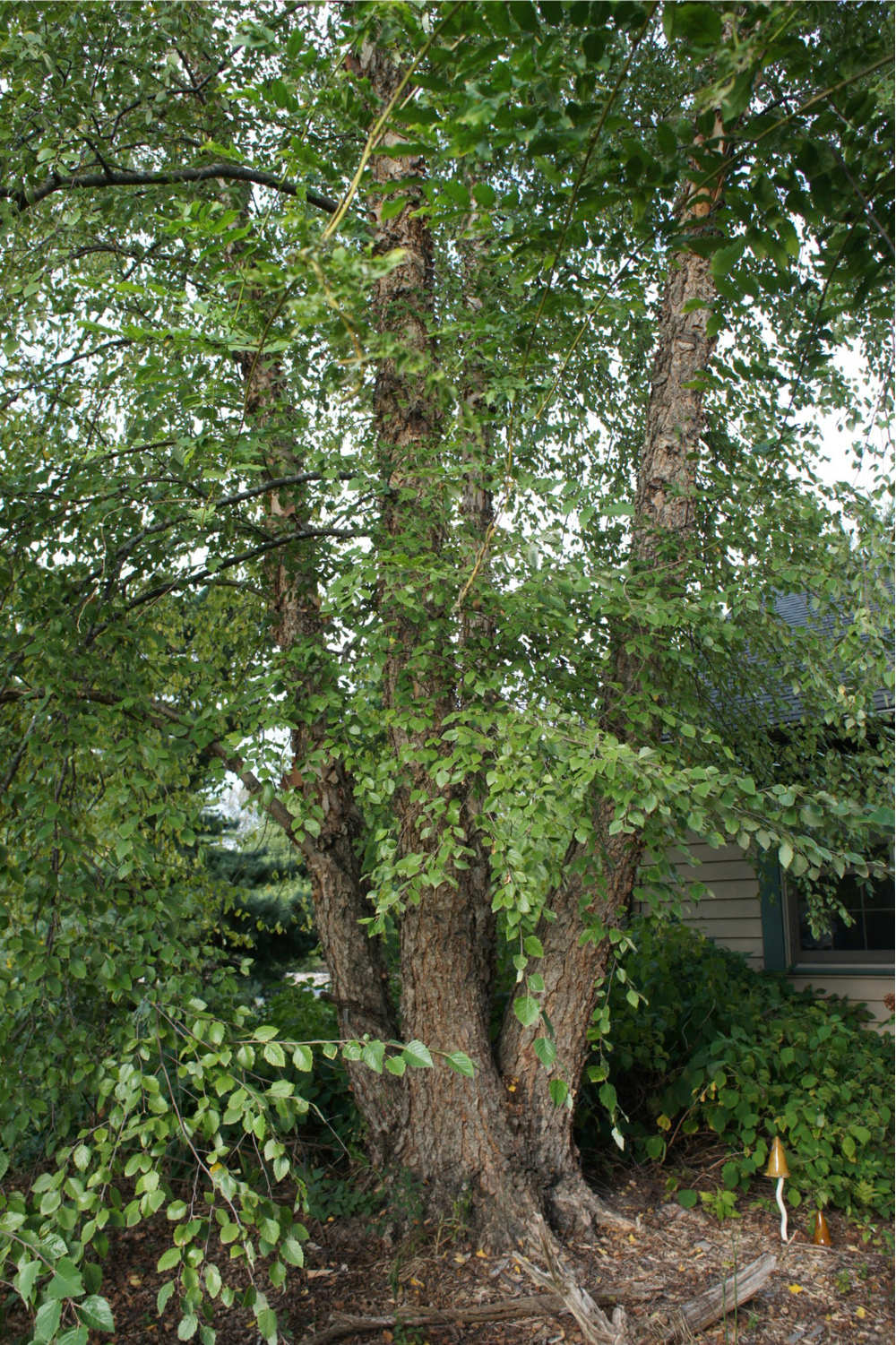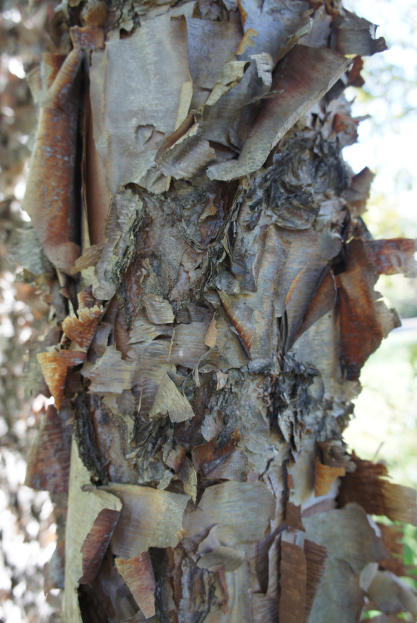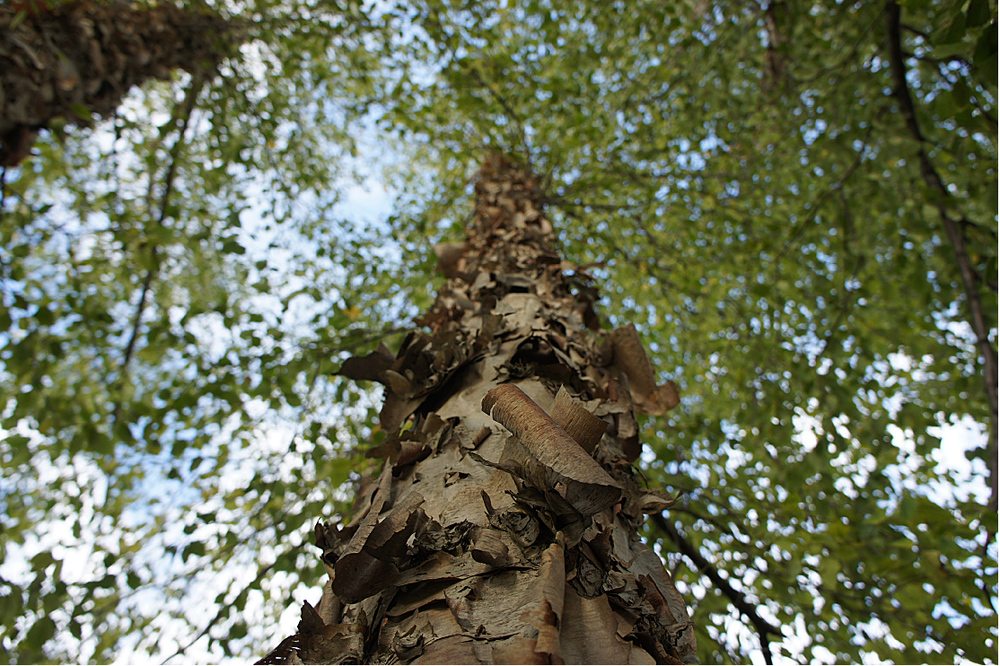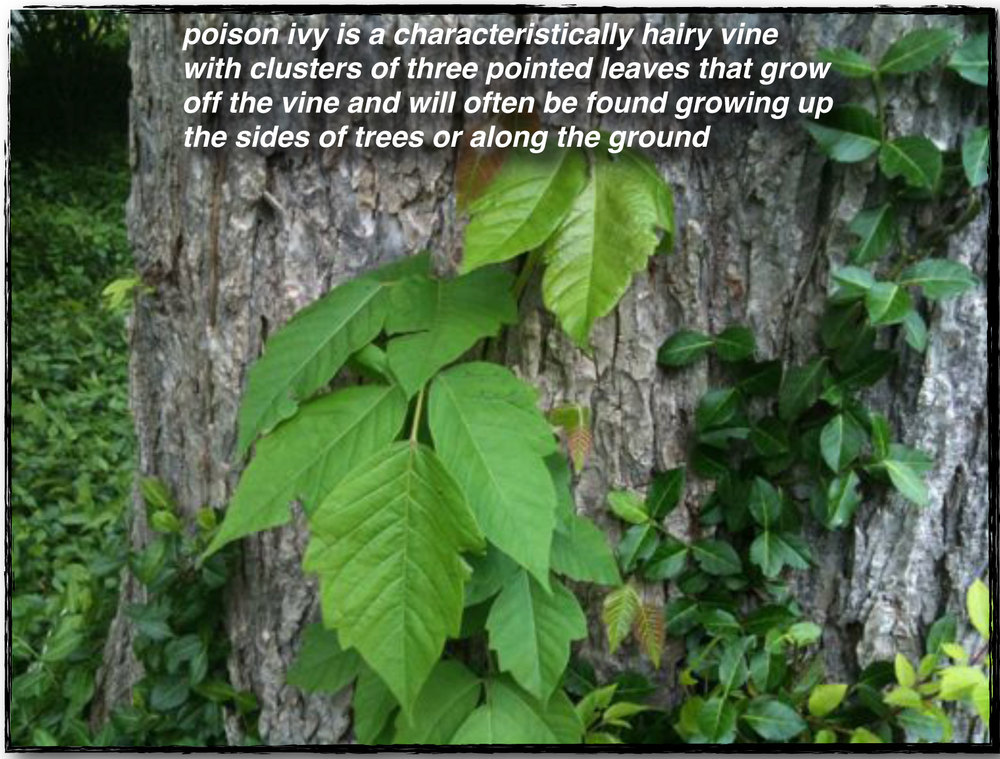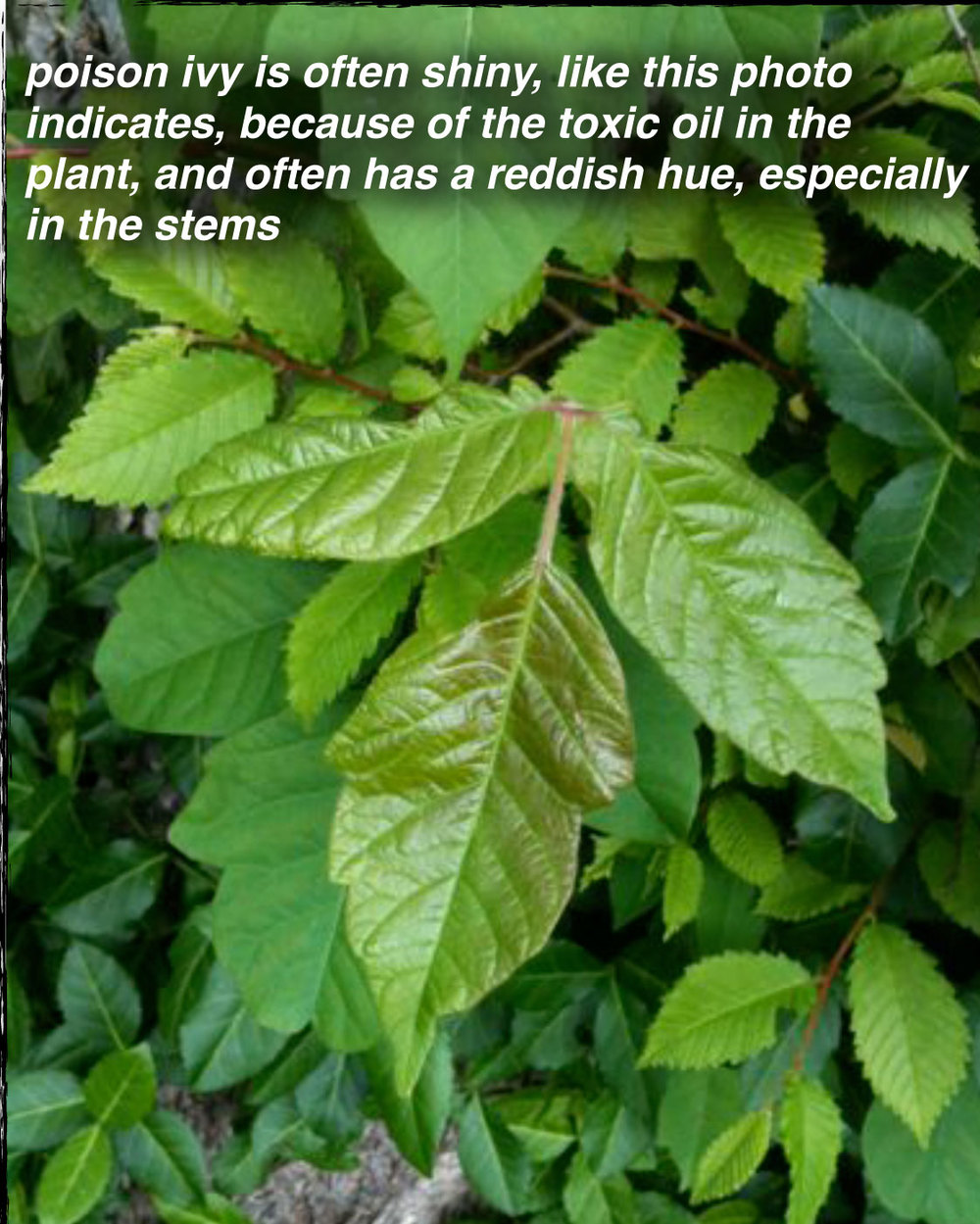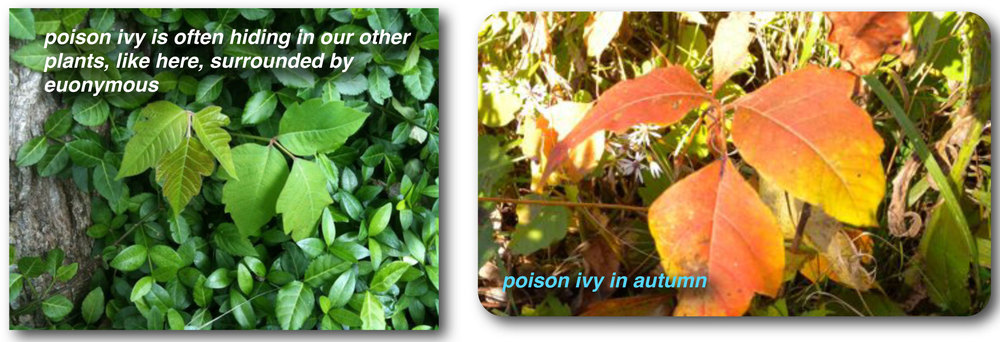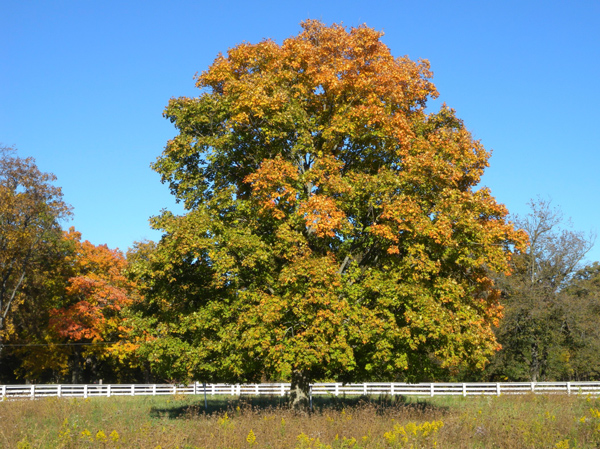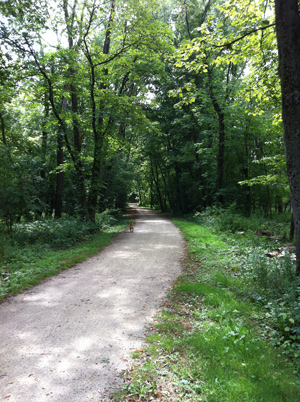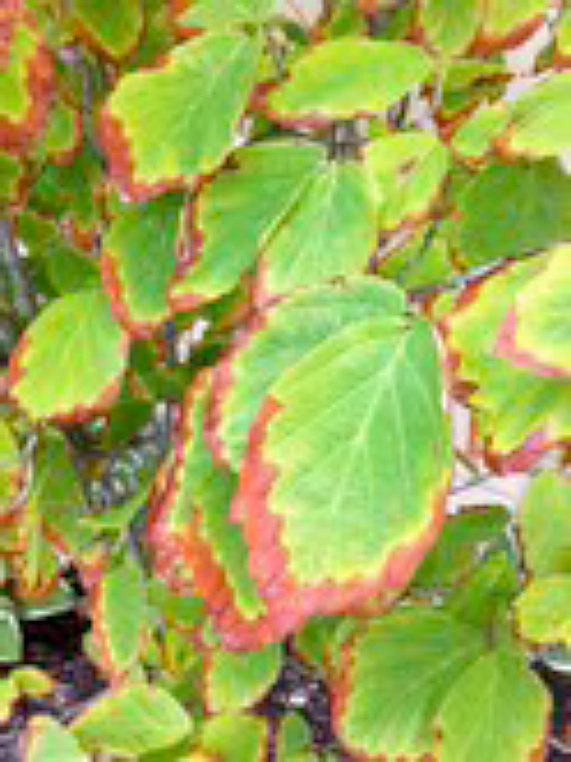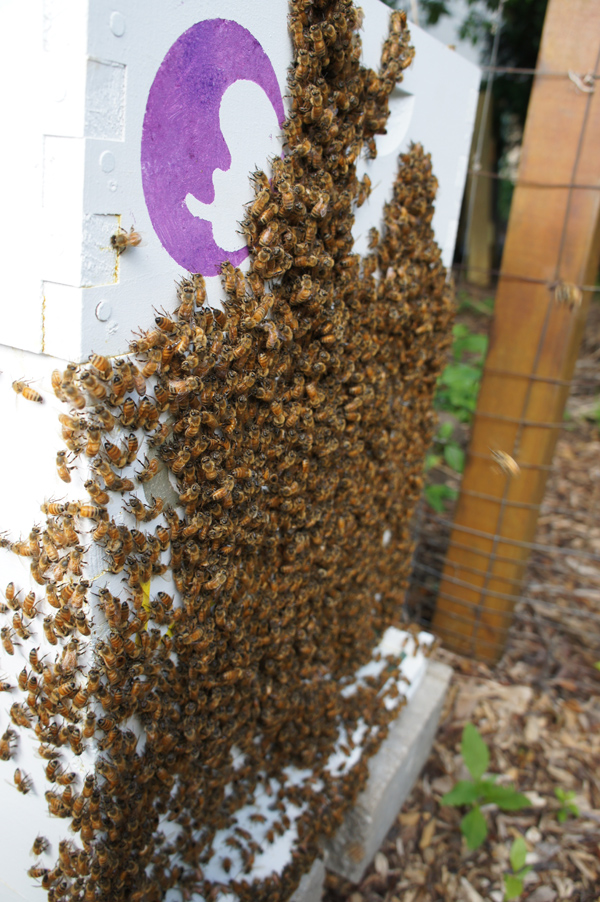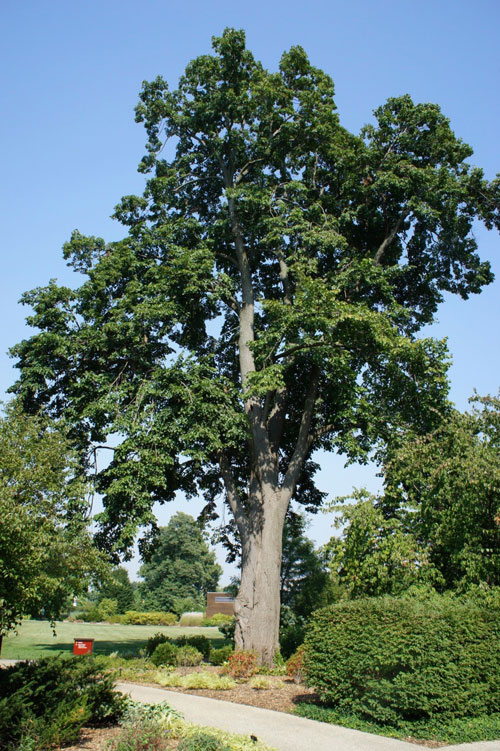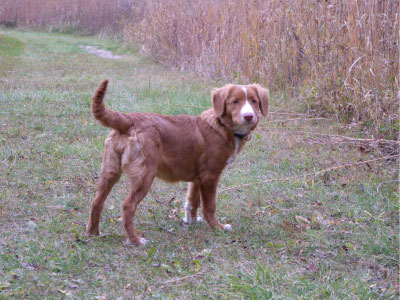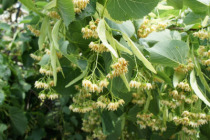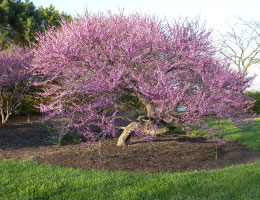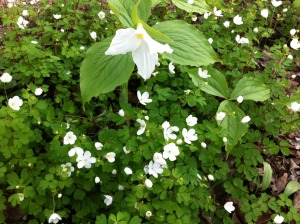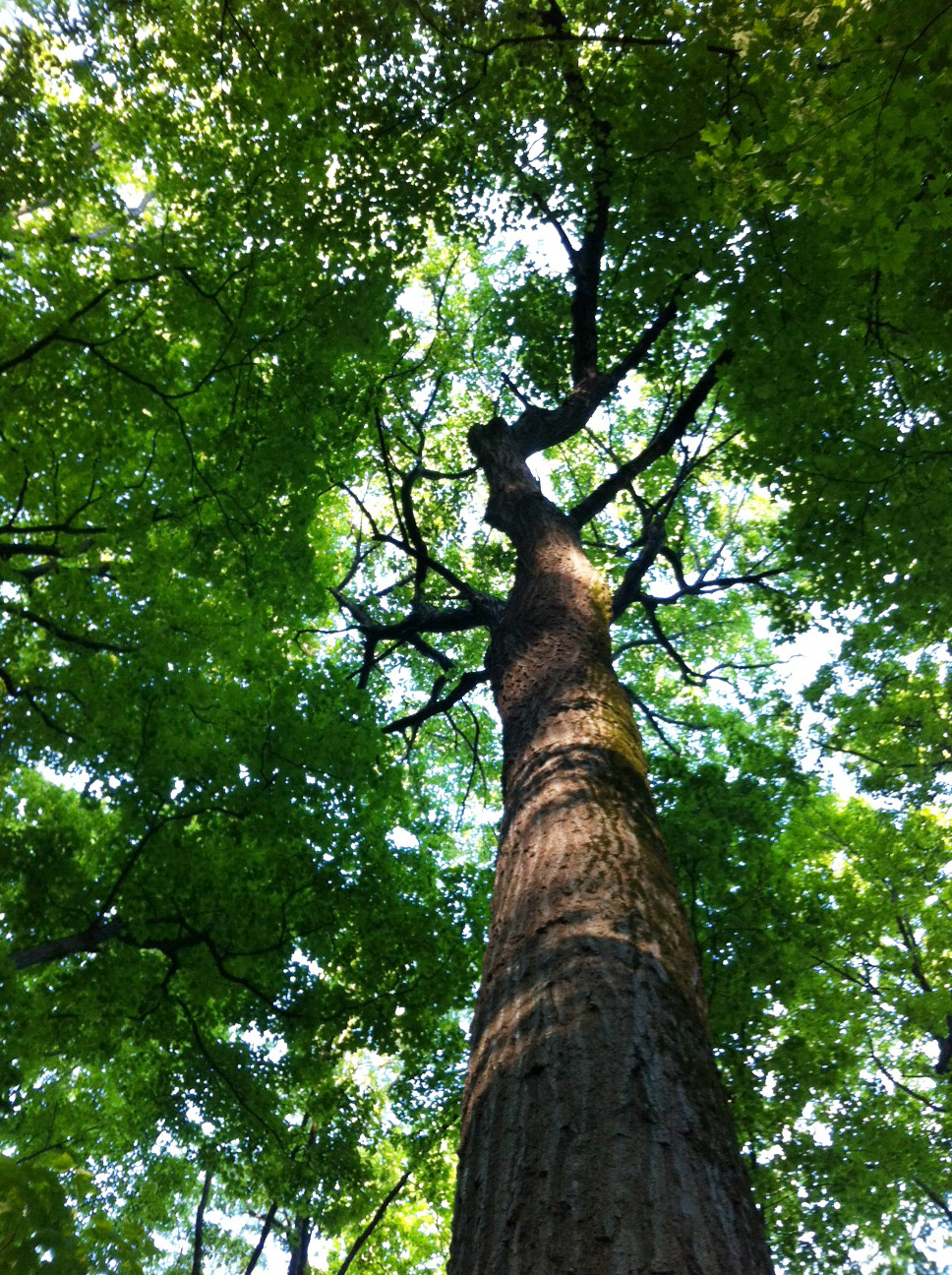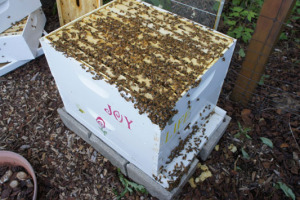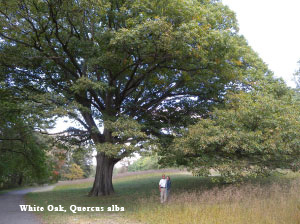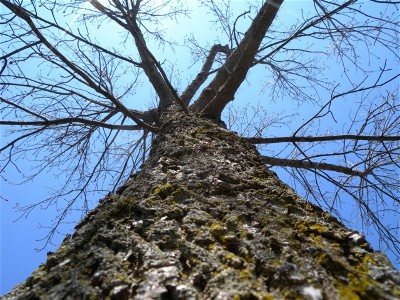March Wisdom from the Trees
/Tree of the Month • Ash - Fraxinus
by Gilbert A Smith
ISA Certified Master Arborist
Green Ash, Fraxinus americanaIt may seem unusual to feature a tree that is facing extinction as our tree of the month. Fraxinus americana, Green Ash is our naturalized Ash and can be identified by its beautiful early yellow fall color. Fraxinus pennsylvanica or White Ash is difficult to tell from the Green except when the ‘Autumn Purple’ exhibits itself in soft shades of lavender to kick off the fall season.
Because of its shock resistant wood, Native Americans used this tree for making tools and the American Baseball League uses Ash wood to make its bats. It is also excellent wood for making furniture and terrific firewood.
We, the team at Arborsmith hate to drive through our North Shore neighborhoods and see the symptoms of infection that will lead to Ash death. We hate it because we love all trees. Also Ash is one of the toughest trees, and adds its grace to scorching hot parking lots and dry, polluted street-scapes.
This tree’s strengths have become its downfall. Like the American Elm, the American Ash was so versatile, it was over planted. Nature always balances herself out. When one species dominates, she balances that species with a predator. In fact people are really to blame for the devastation of Emerald Ash Borer. Whenever we put all of our eggs in one basket we are looking for trouble.
So take the warning from the Ash Trees. DO NOT REPLANT WITH JUST ONE OR TWO ‘TOUGH‘ SPECIES OF TREE. Instead give our trees more soil room to grow in parking lots and parkways and plant a wide variety of species.
See the list of alternatives we have here and/or see Trees That Merit Attention by Chicago’s own Janet Poor. We will be adding to this list periodically to keep new ideas on trees that are good options for the Chicago landscape with photos and brief growing requirements.
Emerald Ash Borer Clarification
Backyard Wisdom by Gilbert A Smith
ISA Certified Master Arborist
Green Ash - Fraxinus americana by Lesley Bruce SmithRecently there has been a lot of press about Emerald Ash Borer. Many villages are taking their Ash trees down rather than treating them preventatively. It’s confusing to be hearing one thing from your village forester and another from your arborist. So let me try to simplify. At Arborsmith we are always prejudiced toward saving trees, and if we’re hearing you correctly, so are our customers.
One village compared the costs of removing their trees with the cost of protecting them. What they neglected to add to the equation was the value of the tree, which if properly calculated, includes the aesthetic value of the tree and its replacement costs. The situation is different when we are thinking of village parkway trees where the decision may have to be strictly a matter of economics.
But a tree in your yard that is well placed and large (10” DBH or more) can be valued according to national standards at $10,000.00 (or more) This is because up to 15% of the value of your home comes from your landscape and the larger portion of that value is derived from your mature trees. When you think about it, what do we love about our houses that is missing in a new development? So we are now touching on the aesthetic value which is hard to quantify....until it is no longer present. Can you ever replace a mature tree with a sapling?
I hate recommending the removal of a tree, and it is a difficult decision no matter who you are. If the treatments are preventative and consistently applied they have proven to be very effective (94% effective in current research). To me the choice is clear. At Arborsmith we help you decide which trees you really value and we do everything we can to save them. In 10 years when most of our Ash trees are gone, I’m sure you will look back and be glad.
March Madness
Mother Nature's Moment
by Lesley Bruce Smith ISA Certified Arborist
Winter Aconite, spring’s first flower by Lesley Bruce Smith
March came in like a lion this year, we will have to see if it goes out like a lamb. We don’t usually think about flowers popping up when there is snow on the ground but this photo of winter aconite was taken this morning in our garden, popping up through last fall’s oak leaves under the shadow of our Burr Oak tree. So...if you are growing weary of the snow, remember that spring is biting winter in the heal just now!
I am going to use our newsletter this month to announce some pretty exciting stuff happening here at Arborsmith. First I want to let everyone know that Gil and I will be teaching again this month at the Chicago Botanic Garden on:
“Demystifying Winter Trimming of Trees and Shrubs”
It is a two part class on Thursday, March 21, 2013 @ 7pm - 9pm
part two (practical hands on) is Saturday, March 23, 9am - 11am
This class is for the beginner and the seasoned professional who could use some help understanding how to trim shrubs (and trees) anytime of year and still preserve their beautiful spring flowers. Please come and join us or pass the word along. You can sign up on the CBG website at www.chicagobotanic.org and go to their education tab and then register on line or call 847-835-8220 or email them at customersupport@chicagobotanic.org. We will be teaching again in June on Evergreen Trimming.
We are also thrilled to announce that due to happy growth and hard work Arborsmith is growing up, and like plants that have outgrown their containers, we have grown out of our “container” for the second time in our 32 year history. We’re moving this spring to a new facility in Lake Bluff. This will put us closer to most of our clients. It will make it easier for us to get to you in a timely manner and, with the new room, we hope to have a chance to run a few classes out of our bigger space. Stay tuned for more details on the move and for information on an open house we are planning to say thanks to all of you that have made it all possible!









